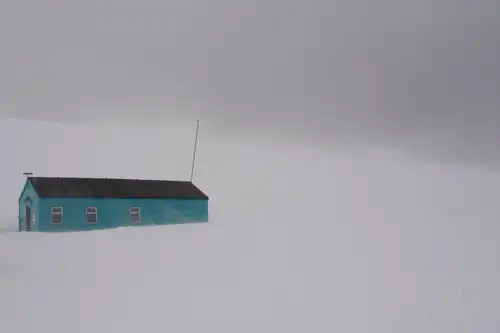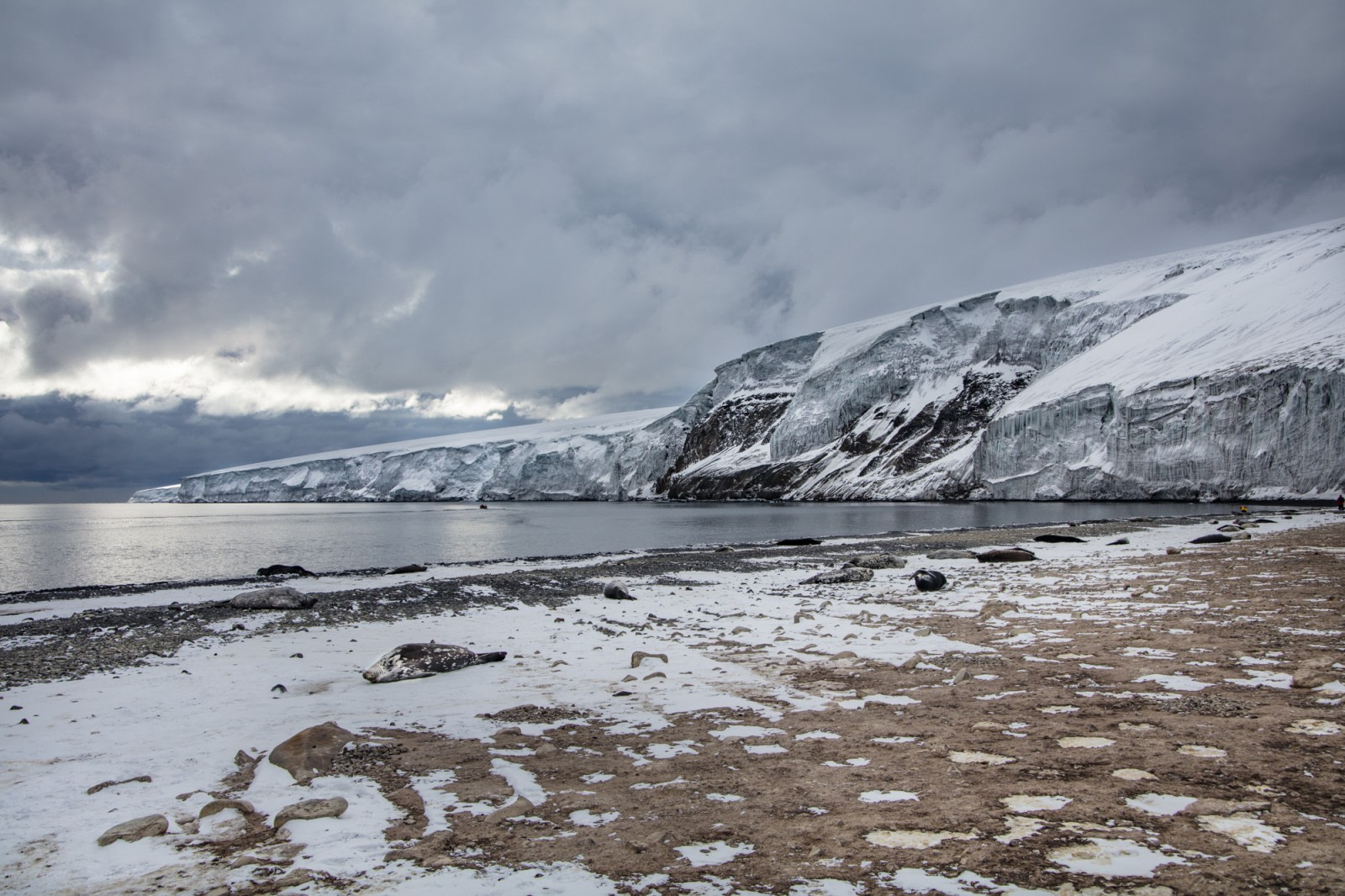In the most remote reaches of the world's oceans, those daring enough to embark on the Ortelius to the Ross Sea eagerly boarded zodiacs in the southernmost part of the Pacific Ocean.
Today’s destination? Franklin Island.
Franklin Island is more than just a heap of volcanic debris in the Ross Sea; it is actually the remnants of a shield volcano. It wasn't until 1841 that Sir James C. Ross discovered the island off the coast of Victoria Land during his quest to reach the south magnetic pole. Ross chose to name the island in honor of John Franklin, the Arctic explorer and governor of Van Diemen's Land (Tasmania).
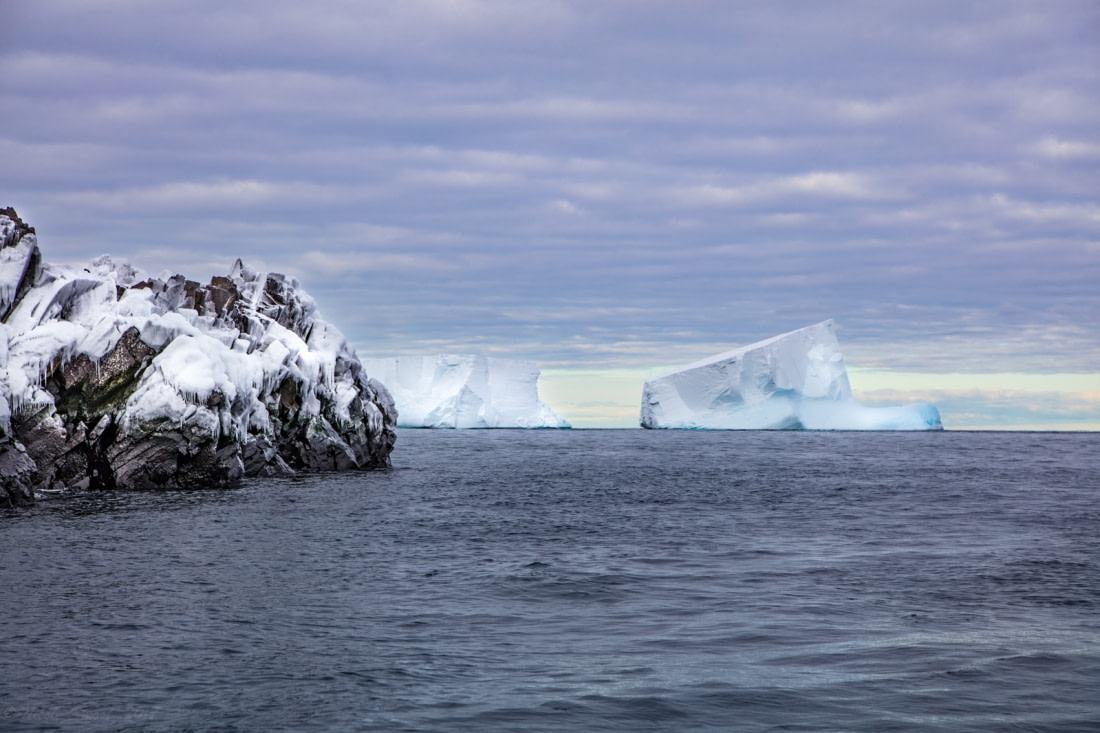
Adélie penguins hopping from rock to rock, Weddell seals yawning, and perfectly iced volcanic rocks under an eerie Antarctic sky greeted us as we navigated between rocky outcroppings near the southern edges of Franklin Island. However, as we rounded a corner, we were hit by the overwhelming stench of guano. This pungent odor, a mix of all things putrid, can wake you up faster than ten shots of espresso. With watering eyes, we approached the large Adélie colony on the southern beach of Franklin Island.
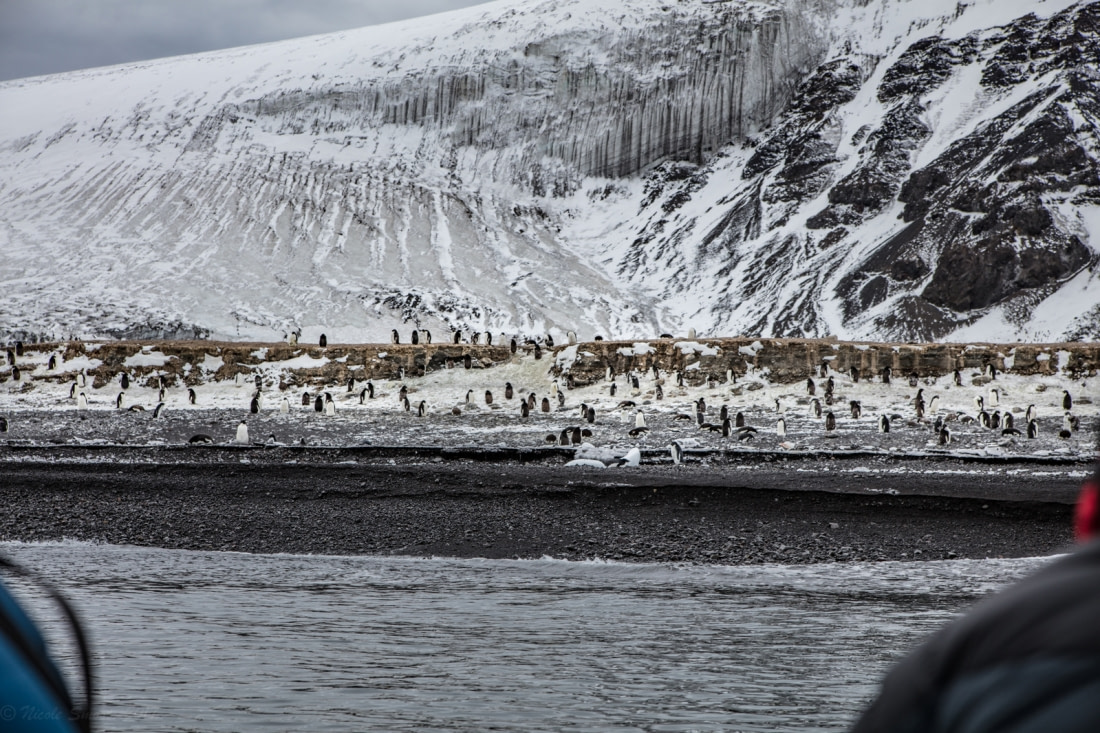
As our nasal passages adjusted to the unpleasant smell, everyone was struck by the imposing sight of Bernacchi Head. Named after Louis Bernacchi, a physicist and astronomer renowned for his Antarctic explorations, Bernacchi Head left a lasting impression. One passenger even remarked that the sight of Bernacchi Head brought tears to her eyes—not from the guano, but from the indescribable stark beauty of this remote island.
Blog


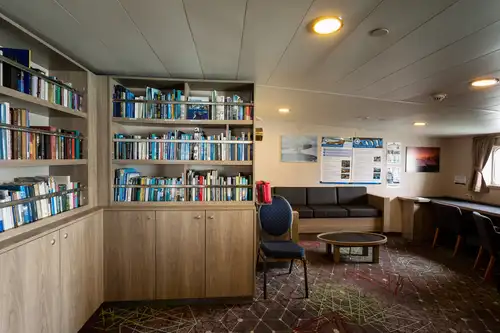
Book Recommendations for Your Polar Cruise

Adélie penguins in the Ross Sea - Antarctica
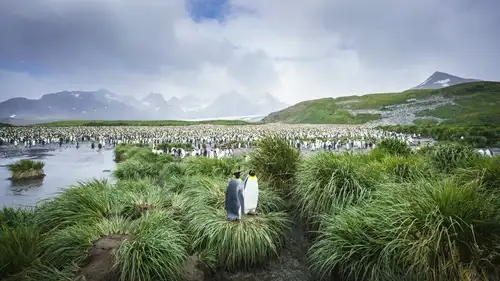
The South Georgia Seven: Hikes, Fjords, Whales, & Penguins
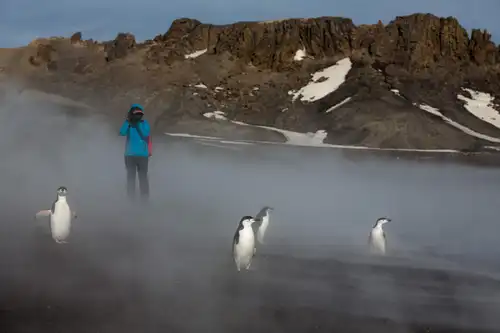
Graham Land: A landscape dominated by volcanoes
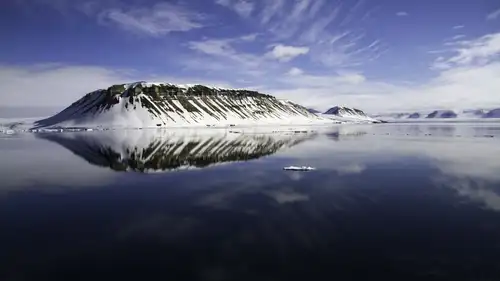
The Ice-Jewelled Geology of Spitsbergen
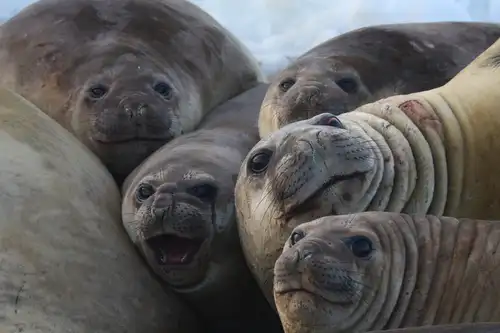
Large and in Charge: Antarctica’s Southern Elephant Seals
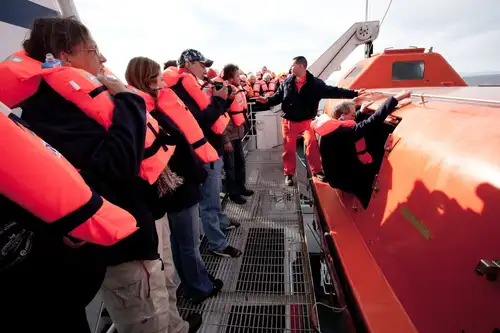
The Evolving Shipboard Eco-traveler
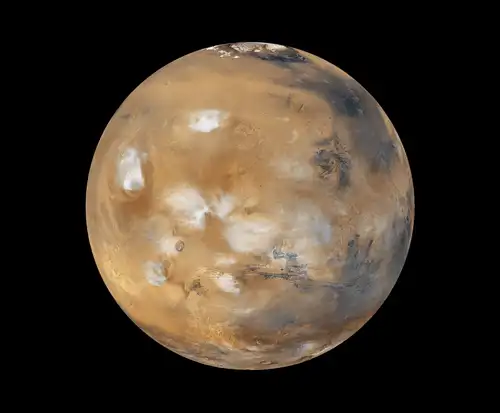
Earth vs. Mars: Polar Regions Compared
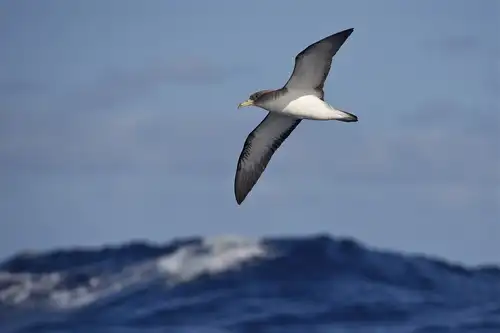
Islands of the Blessed: Things to Do Around Cape Verde
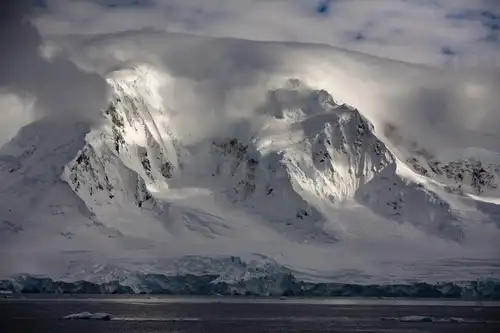
The Ancient Fossil Forests of Antarctica

A Bug’s Life in Svalbard
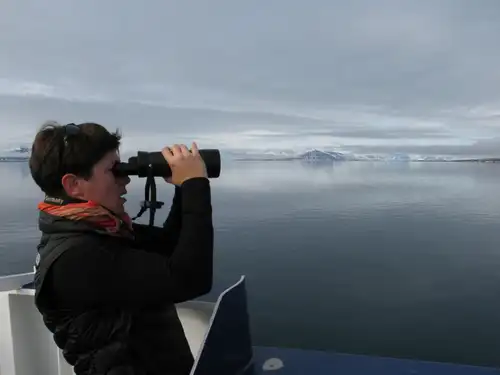
10 Popular Bird Watching Binoculars
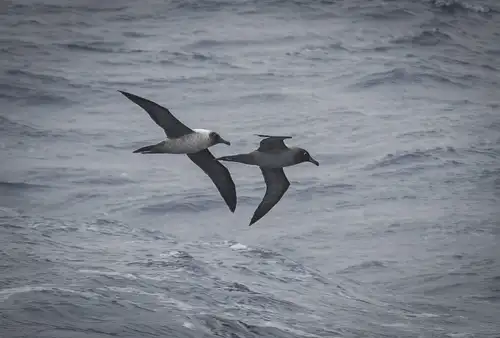
Birds of the South: 33 Antarctic Birds and Seabirds
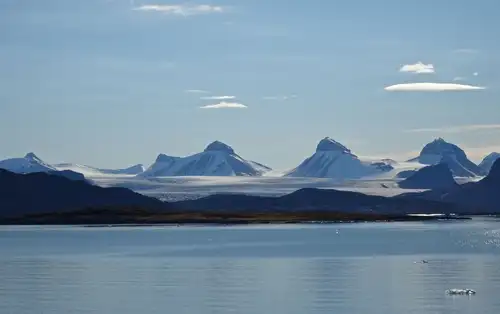
The Arctic Borderland of Kongsfjorden, Svalbard
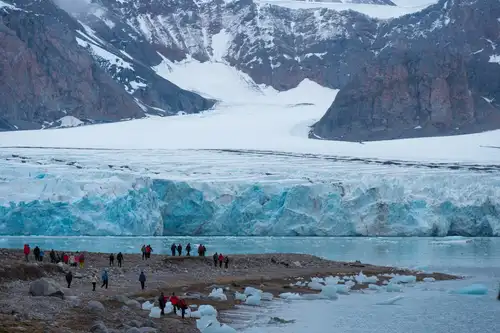
16 Conversation-Starting Svalbard Facts
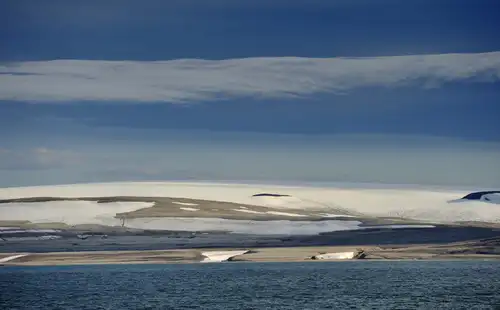
Six Must-See Svalbard Sites
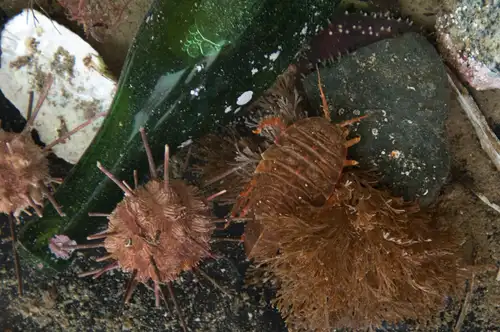
Deep Sea Dwellers: 10 Facts about The Antarctic Giant Isopod
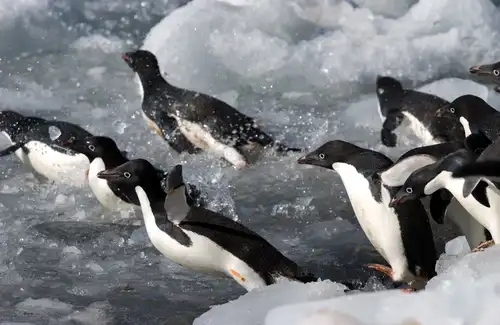
Adélie Penguins: the Little People of the Antarctic
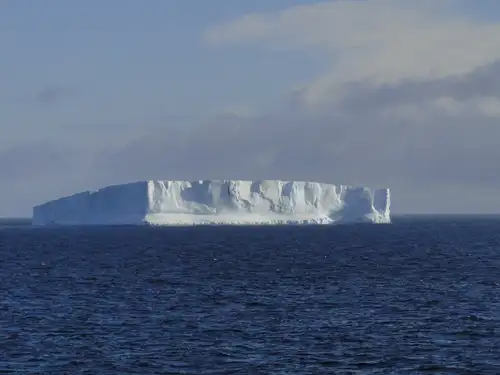
Weddell Sea: the Original Antarctic Adventure
